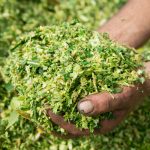
Pineapple cultivation and how the use of mulch helps


It’s well known that the use of agricultural plastics has been one of the best alternatives for the industry, since beyond protecting flower, fruit, and vegetable crops, they can enhance them, making them increasingly profitable, productive, and sustainable. Nowadays, many varieties of fruits are grown using, for example, mulching plastics. This time we will cover everything related to pineapple cultivation and how the use of mulch helps.
In this article you’ll find:
- A bit of history
- Climate and temperature in pineapple cultivation
- What happens when there’s a drought?
- Effects of moisture and wind
- Weed control
- Plastic mulch for pineapple cultivation
- Results of using plastic mulch
- Recommended product
If you need further information or you have any doubt related to the use of plastics for improve your pineapple crops, please contact our experts.
A bit of history
It is understood that the practice of pineapple cultivation is a millenary issue, since, according to information published on the website of the University of Florida, the indigenous peoples of the tropical Americas and the Caribbean region cultivated pineapple thousands of years before the arrival of the explorers of the New World.
Between 1500 and 1700, cultivation spread to other regions such as Africa, Asia, and Europe, and later, at the beginning of the 19th century, export trade from the West Indies began, giving greater commercial development to the Caribbean regions. Once maritime transport that included refrigeration, was boosted, pineapple cultivation reached Hawaii and other parts of Asia and Africa.
Currently, fresh fruit production is an important industry in Central and South America, while processed fruit is seen more in Asia. Likewise, in Hawaii, Puerto Rico, and the United States, important industries can be found that are in charge of pineapple production, being one of the most important tropical fruits in the world after citrus fruits, mango, and banana.
Climate and temperature in pineapple cultivation
Although there are many varieties of pineapple that can be found, for example, in the U.S. market such as “Del Monte Gold” ® and “Tropical Gold” ®, some of the most relevant aspects to consider are the incidence of climate and temperature on pineapple cultivation.
Among the qualities of pineapple plants is their ability to adapt well to areas where there is generally warm weather or a coastal environment.
In the case of the United States, pineapple plants do very well in areas such as Florida where they are grown in protected lands and landscapes. Here, the time that elapses from planting to harvest season depends on the type of crop, the techniques implemented and the temperature, so there can be a variation between 18 and 24 months.
When it comes to temperature, pineapple plants don’t do well at temperatures below zero, they simply don’t thrive, the upper surface of the leaves ends up damaged, causing them to develop a scorched and mottled reddish-white appearance, causing the fruit flesh to rot.
When temperatures are between 15.5 °C or above 32 °C, plant growth can become a little slow, so the recommendation is to try to guarantee an environment where the temperature is between 20-30 °C for optimal growth of the pineapple crop.
When the crop is grown outdoors, it’s wise to use some insulating material such as blankets or mulch to offer some protection to the plants. If this is the case and the pineapple plants are planted in containers, they can be sheltered in the presence of unexpected frosts.
What happens when there’s a drought?
Although pineapples grow in warm climates and are tolerant of dry soil, they grow best in moderately fertile sandy loam soils, so special care must be taken to detect if climatic conditions change drastically causing drought and the soil to become drier than required, as this can cause plant growth to slow and fruit production to decrease.
The plant won’t immediately show that it’s suffering from drought, but attention should be paid when the older leaves are withering and when the color of the leaves changes from dark green to a paler, yellowish, and reddish tone, and then become deformed.
Effects of moisture and wind
Excessively wet or waterlogged pineapple fields should be avoided as much as possible, as this increases the likelihood that plants will rot and die or that production and growth will be greatly reduced.
As for wind, pineapple plants don’t need as much attention and do well in friendly environments, unless there’s a special weather phenomenon that threatens the integrity of the crop. Should an unexpected scenario occur, the plant is likely to grow less, and the fruit stalk is likely to break off.
At the same time, darkening may appear at the tips and edges of the leaves due to very strong winds (hurricane type) or because the wind drags salt spray when in coastal areas.
Weed control in pineapple cultivation
In addition to climatic factors that can affect pineapple cultivation, weeds can be a real headache for agricultural producers. But why does this happen? Because the growth process of pineapple plants is slow and doesn’t allow them to cover the ground quickly, which gives weeds the perfect stage and time to thrive.
Weeds tend to compete with plants for sunlight, water, and nutrients in the soil, thus affecting their integrity, which is why it’s common to see their yield and growth decrease. For this, it’s necessary that in the early stages of growth, weeding and mulching plastic are used.
Plastic mulch for pineapple cultivation
Besides being one of the best alternatives to enhance pineapple cultivation, plastic mulch is of great help to control or eliminate weeds in the fields, since overall they are more economical and convenient by minimizing the need to perform manual operations or using herbicides that keep weeds at bay.
All croplands are susceptible to weeds and grass, however, the key is the type of plastic used and how it’s applied to the area, as, if applied incorrectly, there will be a greater likelihood of weeds and grass reappearing.
For this purpose, when laying the plastic, it’s necessary, for example, to cover areas between crop rows very well so that weeds don’t have the opportunity to establish themselves in the soil that is exposed, and an additional investment has to be made to apply other containment operations.
There are still farmers who are reluctant to use plastic mulch for pineapple cultivation because they consider it costly and difficult to collect or dispose of, as some materials are not easily biodegradable. However, nowadays there are several types of mulching plastics with biodegradable properties that are more environmentally friendly. The truth is that, from the point of view of the benefits, it’s an investment that will only bring benefits in the long term.
Another good choice to protect the crop from weeds is to use green manure and other organic wastes that work as mulch, but this will also depend on the requirements of the land and what the agricultural producer wants to do. It can also be done manually with tools such as machetes, but these practices may over expose the soil, causing soil erosion.
To expand and complement this information, we recommend you read our post on Totally Impermeable Plastics Films (TIF) why can they help me in the disinfection of my crops?
Results of using plastic mulch in pineapple cultivation
According to information published on the website of the Department of Horticulture of the Government of Nagaland, several agricultural producers have reported that by using plastic mulch on their pineapple crops, their crops have improved tremendously.
Such is the case of Letthang Misao, a pineapple farmer in Molvom Village, India, who reports that after growing pineapple using 50-micron UV-stabilized plastic mulch on one hectare of his farm, his production improved significantly.
“There was uniformity in fruit size with an average weight above 1.5 kilograms, there was also some improvement in T.S.S. value, even in the winter crop. Although its initial cost was higher, the expense in the subsequent season was reduced tenfold. It also shortened the flower initiation period from 15 months to 10 months.”
Plastic mulch today
Mulching plastics are increasingly easier to handle, transport and place, thus becoming the preferred material to use as mulch in pineapple cultivation, as they directly affect the microclimate around the plant, modifying the radiation balance of the surface, decreasing soil water loss, and controlling weeds.
There are several colors (black, transparent, or clear, white, silver, blue, red, green, yellow, etc.) and thicknesses in which plastic mulch can be found, depending on the needs of the crop. Ideally, the one chosen should have the specific advantages and beneficial qualities for the pineapple crop in particular.
While LDPE, HDPE, and flexible PVC mulch materials have been used for mulching, currently many plastic mulches are based on LLDPE because it’s more economical to use than other alternatives and because it has excellent thickness reduction properties, better puncture resistance, and opacity to better control weed growth under the film.
Juan García, Product Manager of the Greenhouse Covers area at Armando Álvarez Group, emphasizes that beyond having mulch plastics that do their job in crop fields, one of the most important aspects is to look for mulch manufacturers that work with state-of-the-art technology to make the work easier.
“One of the main objectives of technology should be to make human work easier. That’s why when technology allows the manufacture of mulch materials with wider widths than usual (17.5 meters) and low thicknesses, the time needed for installation tasks can be reduced by half. This translates into benefits for the employer and the operator,” according to García.
Recommended product:


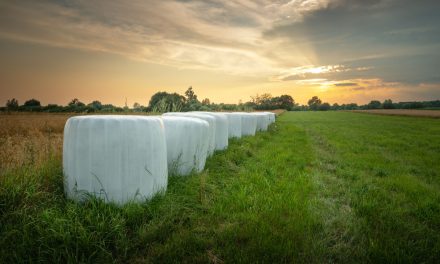
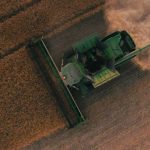

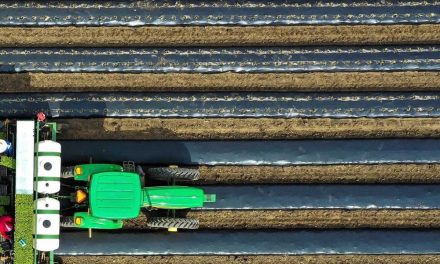



![[eBook Trends in Agriculture Plastics] Increasing use of biodegradable mulch](https://agriplasticscommunity.com/wp-content/uploads/550 × 310_2_ENG-440x264.png)
![[eBook Trends in Agriculture Plastics] Reducing the plastic used in the manufacture of agricultural films](https://agriplasticscommunity.com/wp-content/uploads/550 × 310_1_ENG-440x264.png)






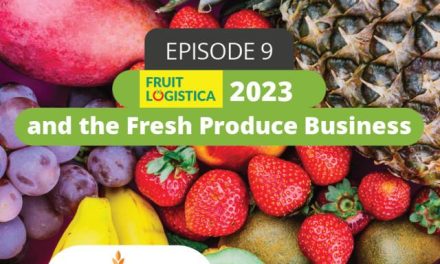

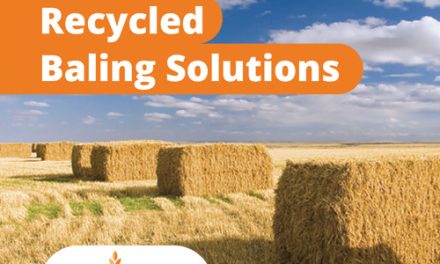



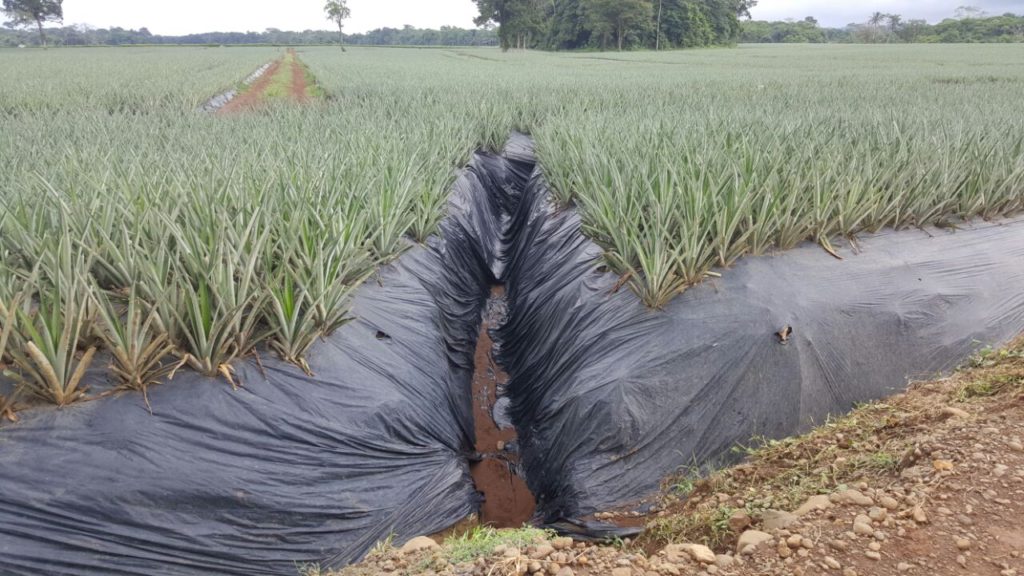



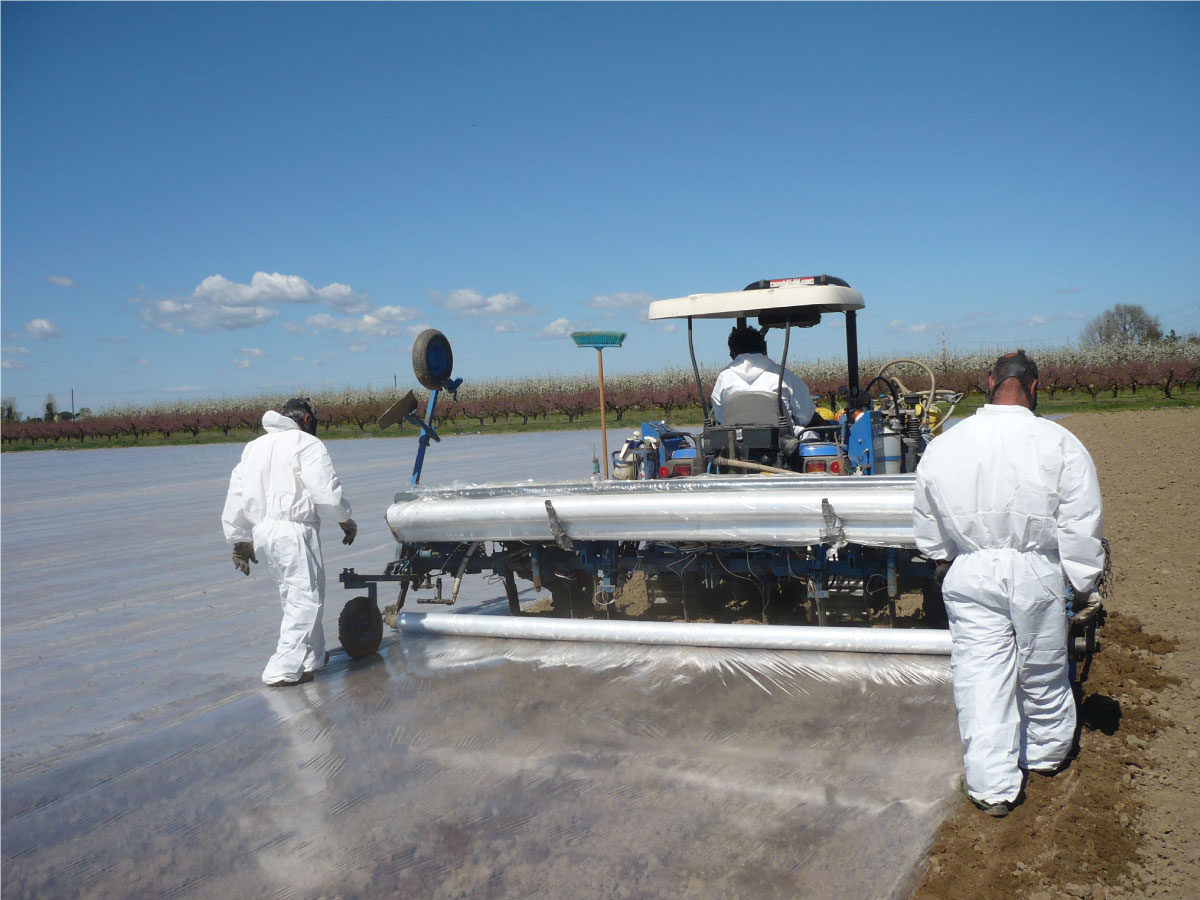

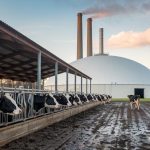

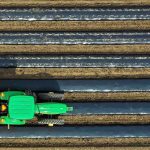



Your site is amazing, and your blogs are informative and knowledgeable to my websites.